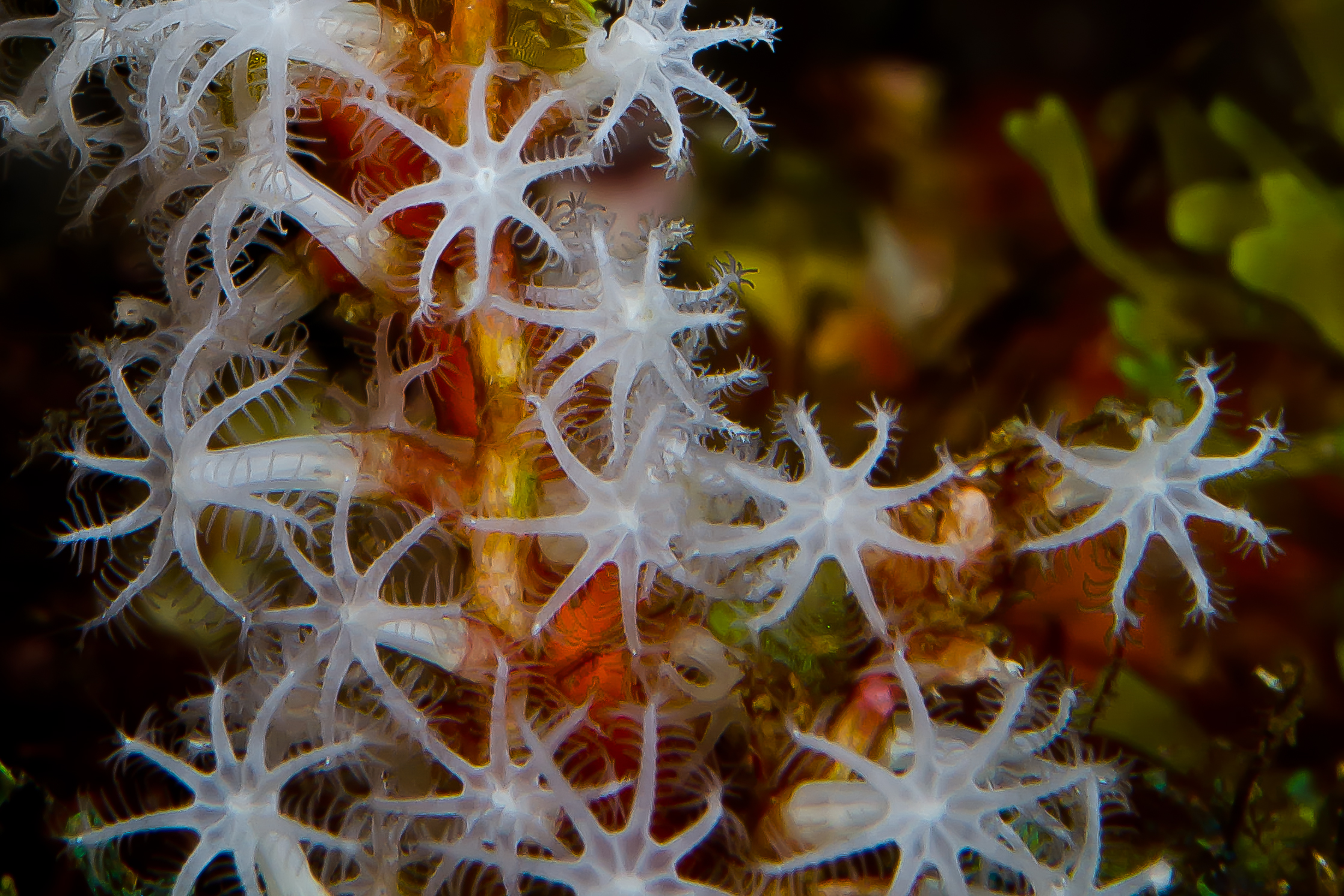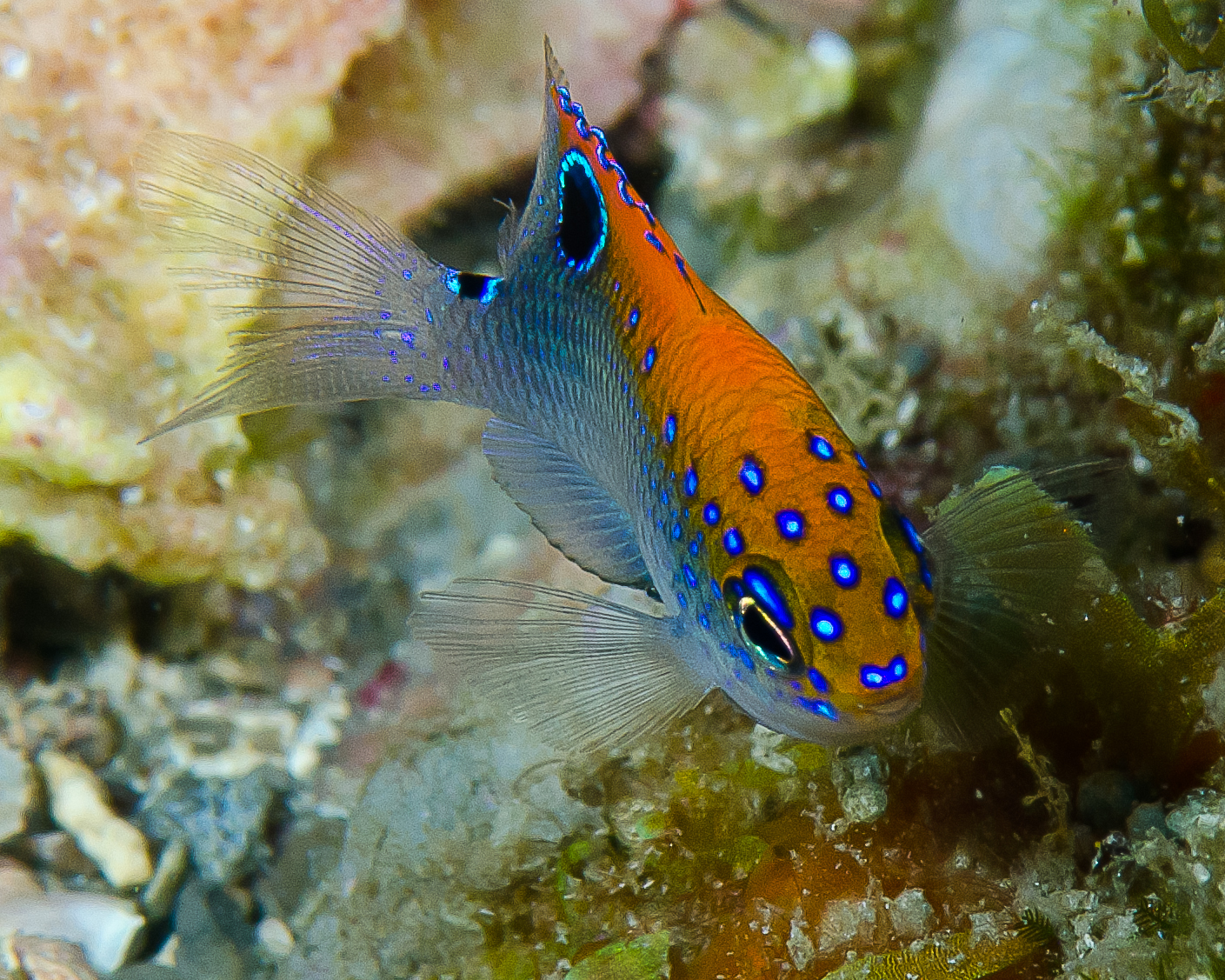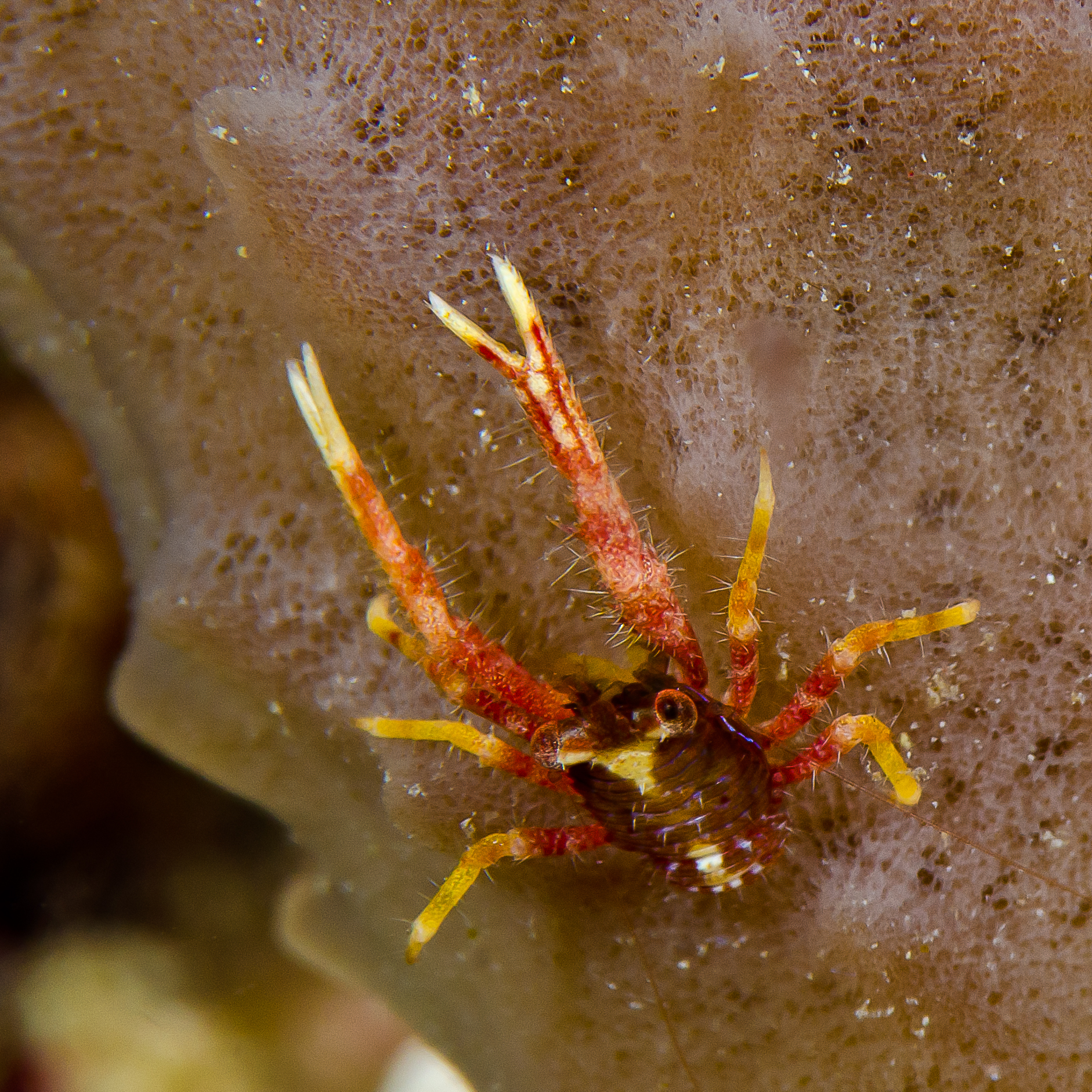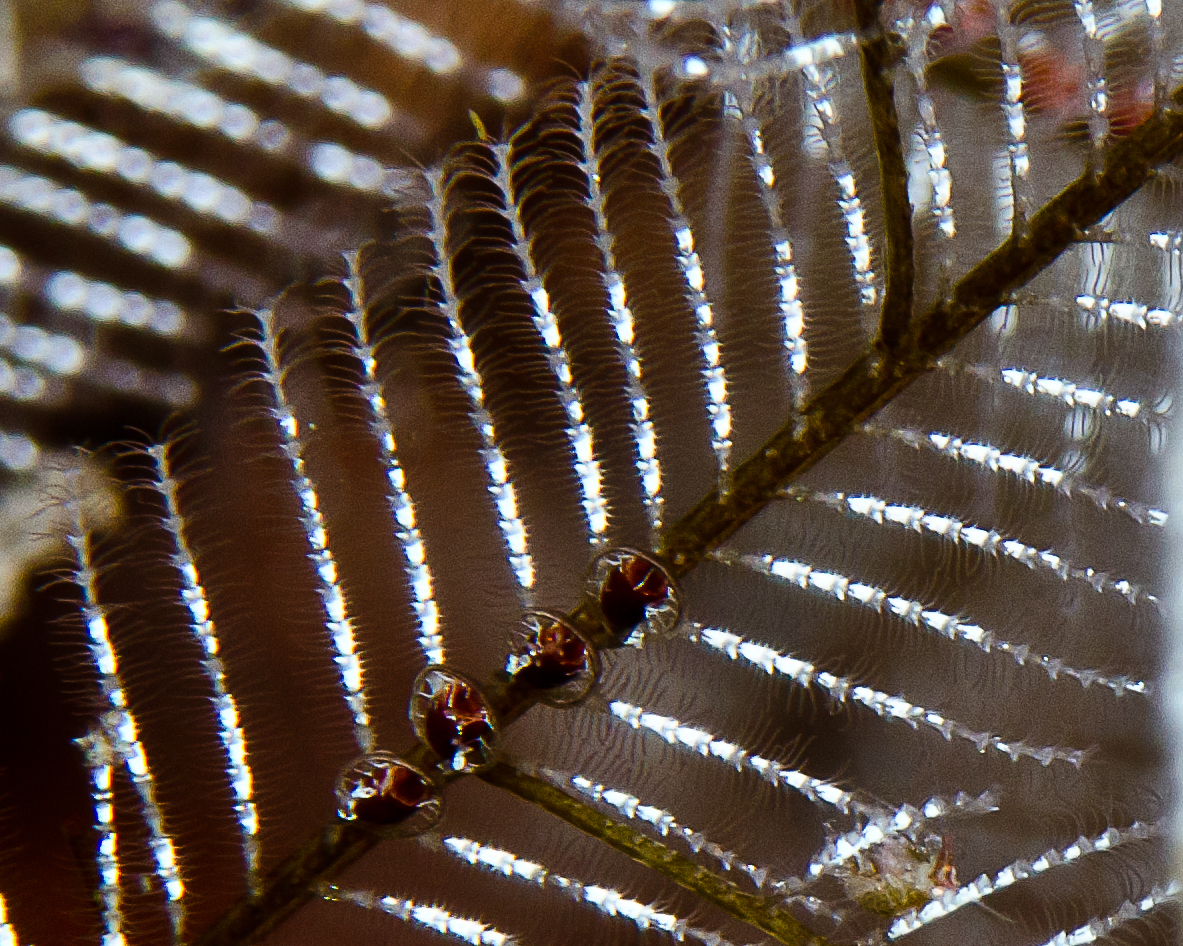



Ecology is the interaction of living organisms within their environment. This encompasses both plants and animals and their relations to all aspects of the environment such as sediment, water quality, currents, and sunlight. It also includes the interaction of organisms with each other. BSEE considers these components of ecology in their Marine Ecology Program to embrace a wholistic approach.
The BSEE Environmental Compliance Program (ECP) works with its sister agency, the Bureau of Ocean Energy Management (BOEM), industry, coastal States, and other concerned parties to protect the environment. Internal and external communication, coordination, and cooperation involves a program of regulations to prevent possible impacts from offshore energy activities such as seismic surveys, platform construction, drilling, and pipe-laying.
The ECP has programs in place to ensure protection of air quality, water quality, endangered species, and marine habitats. There is a marine trash and debris program for the prevention of ocean litter. We have a Seafloor Compliance and Monitoring Program (SCAMP) to assist in conducting field inspections to ensure that industry is complying with requirements. The work is done with a variety of tools such as side scan sonar, magnetometers, and remotely operated vehicles (ROV’s).
In addition to inspections and surveys of offshore work, the Marine Ecology Program conducts research of relevant issues and monitors sensitive habitats. These research projects help us understand issues and problems, select preferred techniques and technologies, and determine the best course of action for environmental protection.
Marine life comes in many varied and fascinating forms that can be simple, or complex, as well as bizarre. A few of the many thousands of species of marine life have a valuable place in our economy such as shrimp, tuna, or snapper. We at BSEE know that all of the incredibly diverse ocean plants and animals are valuable.
The marine habitat provides a variety of conditions enabling marine life to develop in myriad forms. The sandy seashore seems to be sparse of life, but there is a remarkable assemblage of organisms that are specially adapted to the conditions of the pounding waves and the blowing sand. The deep, dark abyss is on the opposite end of the ocean spectrum and is home to amazing animals that have large eyes and phosphorescent spots, tubeworms living on methane, stalked animals that look like lilies, and octopuses with helicopter wings. Undersea mounts support a variety of reef life such as corals near the surface with sun-loving algae in their tissues, corals in the depths that feed on passing plankton, and strange cousins of starfish that climb up on the reef at night and wrap their tentacle-like feet around a resting place to spread dozens of fern-like arms to net their dinner.
Additional interesting species within the depths of the ocean include stationary bed-spring black corals coiling up a few feet into the water column and extending their white polyps that look like the teeth of a saw. There are also sponges that have riotous colors with huge internal networks of mesh to filter plankton. Sponges often harbor scores of small snapping shrimp who cock their oversized claw and snap it to stun their small prey. Furthermore, numerous animals such as octopus, urchins, lobsters, and eels come out of crevices and overhangs to forage at night. Plants and animals take up residence in every small space of the reef.
There are miles and miles of soft bottoms that range from fine mud to coarse sand and shell hash; all of it harboring its own special set of organisms that adapt to live there. There are miles and miles of open ocean above the soft bottoms where other plants and animals have adapted to make their life in the water column. Scientists study the many varied ocean habitats and their residents to gain an understanding of all the components in the ocean, to better understand its whole. BSEE scientists study ocean habitats and their inhabitants to ensure their protection while also allowing offshore energy development. This is the BSEE Marine Ecology Program.







